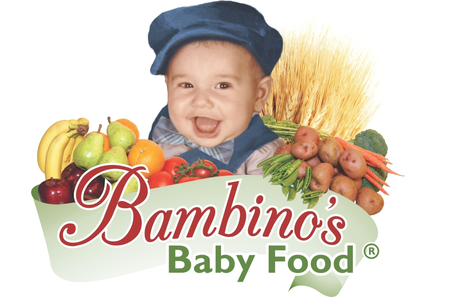Food allergies and various forms of food sensitives can range from annoying to life-threatening, but is sheltering your baby from certain foods beneficial? The traditional parent approach has been to delay the introduction of certain foods as to not trigger an allergy. According to the latest research, however, parents who introduce highly allergenic foods later than 4 to 6 months produce a higher instance of food allergies in children.
What Does the Research Say?
In 2000, the American Academy of Pediatrics released information recommending that parents delay the introduction of certain foods, which are known for being highly allergenic for infants: cow’s milk until age 1 year; egg until age 2 years; and peanuts, tree nuts, and fish until age 3 years. However, the incidence and prevalence of food allergy and allergic diseases, in general, increased substantially over the next decade, leading to the AAP to re-evaluate their recommendations.
In 2008, and again through more clinical trials as recent as 2013, the data show that introducing these foods earlier, and regularly, will actually decrease your child’s likelihood of developing a food allergy.
According to the American Academy of Allergy, Asthma & Immunology, most food allergies are hereditary. If the child’s father and mother or siblings present with an allergic disease, it’s likely the child will as well. However, parents’ feeding choices can make a difference in your baby’s likelihood of developing allergies, and your child’s nutrition can play a critical role in prevention.
Foods That Can Cause Food Allergies
Any food could cause a food allergy, but most food allergies are caused by the following:
- Cow milk: allergy to cow’s milk is the most common food allergy in infants and young children.
- Eggs: egg allergy is one of the most common food allergies in children, second only to cow’s milk.
- Peanuts: Peanut allergies tend to be life-long, although studies indicate that approximately 20 percent of children with peanut allergy do eventually outgrow their allergy.
- Soy
- Wheat: allergies to wheat are most common in young children, who usually outgrow their allergy by age three.
- Nuts from trees (such as walnuts, pistachios, pecans, cashews)
- Shellfish (such as shrimp, lobster)
What You Should Do
Parents should begin introducing a variety of foods, including those known for being allergenic when infants are between 4 and 6 months. For a more a detailed report on when to introduce solid foods, click here.
Introducing eggs, wheat, milk, and even peanuts earlier rather than later can help your child’s body adapt and become sensitized to the allergen, rather than develop an allergic reaction. In fact, these findings suggest that if your children have a mild reaction to a food(possibly provoking a mild rash or digestive troubles), they would be best to continue to include having small amounts on a regular basis.
The Bambinos Method
The Bambino’s food philosophy supports the leading research, creating perfectly balanced meals that are easy to serve and delicious to eat. We match our baby food to your baby’s exact stage of growth and development, supporting you in your decision to serve different foods at the right times.
All of our foods include extra bonuses, such as sweet onions and olive oil, to support a healthy immune system and provide essential Omega fats for brain growth. At 5 months we recommend introducing protein in the form of fish - keeping it mixed with the veggies, which aids digestion. Our halibut is young and wild-caught in northern waters. By using a smaller fish, and absolutely no shellfish, we eliminate any danger related to mercury consumption.
To learn more about our products, and which are right for your baby, visit our website at www.bambinosbabyfood.com/. All of our meals are allergist approved, so you no longer have to worry about how and when to introduce allergenic foods. Bambino’s has you covered with superior-quality ingredients that you and baby will love!
Resources
The American Academy of Pediatrics:
US National Library of Medicine/National Institutes of Health: http://www.ncbi.nlm.nih.gov/pubmed/22972130
The New England Journal of Medicine:
http://www.nejm.org/doi/full/10.1056/NEJMoa1414850
The Journal of Allergy and Clinical Immunology:
http://www.jaci-inpractice.org/article/S2213-2198%2812%2900014-1/fulltext#sec4
Food Allergy Research and Education:

